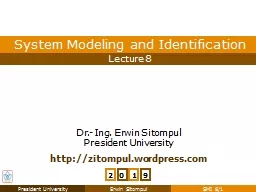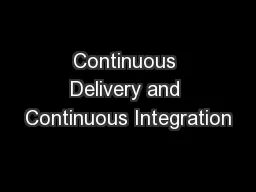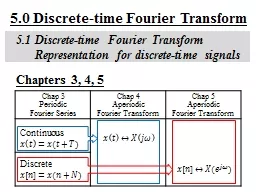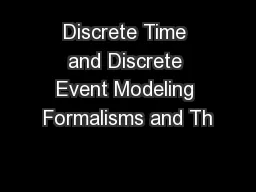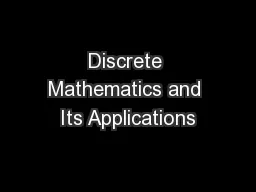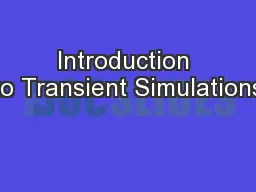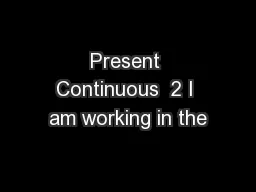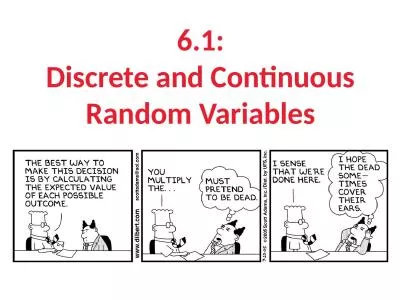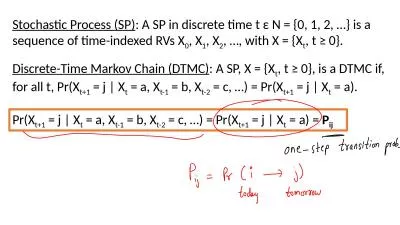PPT-Now let us calculate the transient response of a combined discrete-time and continuous-time
Author : widengillette | Published Date : 2020-07-02
Chapter 5 DiscreteTime Process Models DiscreteTime Transfer Functions The input to the continuoustime system G s is the signal The system response is given by
Presentation Embed Code
Download Presentation
Download Presentation The PPT/PDF document "Now let us calculate the transient respo..." is the property of its rightful owner. Permission is granted to download and print the materials on this website for personal, non-commercial use only, and to display it on your personal computer provided you do not modify the materials and that you retain all copyright notices contained in the materials. By downloading content from our website, you accept the terms of this agreement.
Now let us calculate the transient response of a combined discrete-time and continuous-time: Transcript
Download Rules Of Document
"Now let us calculate the transient response of a combined discrete-time and continuous-time"The content belongs to its owner. You may download and print it for personal use, without modification, and keep all copyright notices. By downloading, you agree to these terms.
Related Documents

